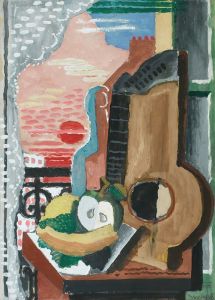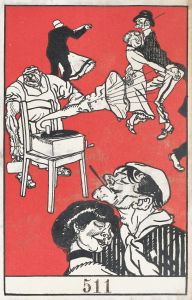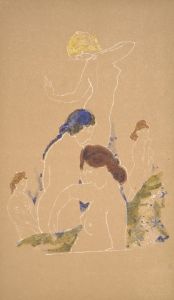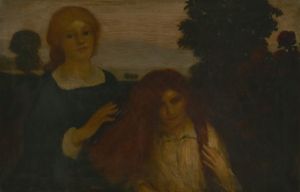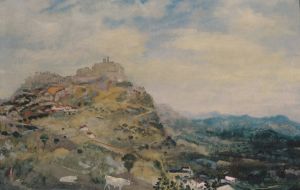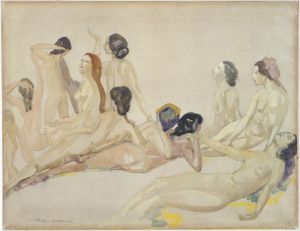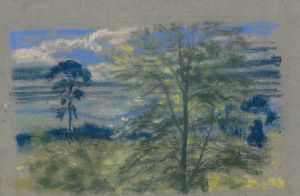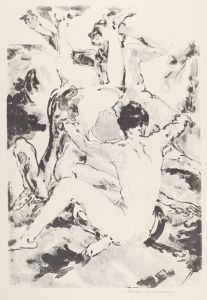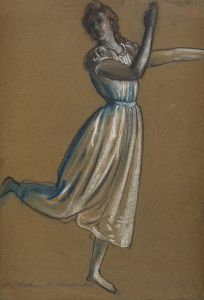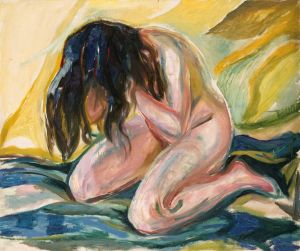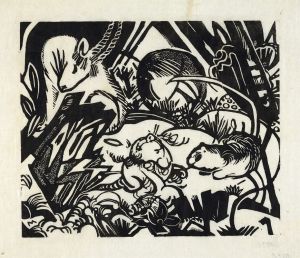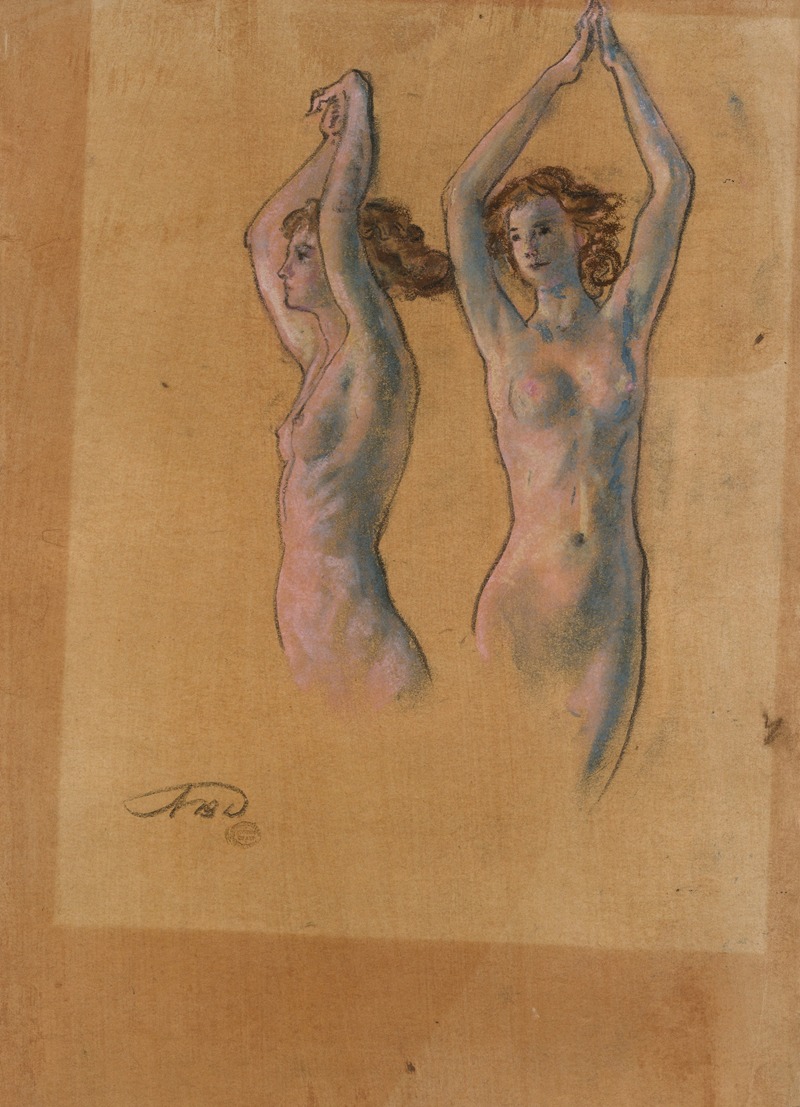
Nude Studies
A hand-painted replica of Arthur Bowen Davies’s masterpiece Nude Studies, meticulously crafted by professional artists to capture the true essence of the original. Each piece is created with museum-quality canvas and rare mineral pigments, carefully painted by experienced artists with delicate brushstrokes and rich, layered colors to perfectly recreate the texture of the original artwork. Unlike machine-printed reproductions, this hand-painted version brings the painting to life, infused with the artist’s emotions and skill in every stroke. Whether for personal collection or home decoration, it instantly elevates the artistic atmosphere of any space.
Arthur Bowen Davies was an American artist known for his role in the early 20th-century art scene, particularly as a member of The Eight, a group of artists who challenged the conservative art establishment of their time. One of his notable works is "Nude Studies," which reflects his interest in the human form and his unique approach to composition and style.
Davies was born in 1862 in Utica, New York, and he developed an early interest in art, studying at the Art Institute of Chicago and the Art Students League of New York. His work is characterized by a blend of realism and symbolism, often depicting ethereal and dreamlike scenes. "Nude Studies" fits within this context, showcasing his fascination with the human body and his skill in capturing its form and movement.
"Nude Studies" is a series of works rather than a single painting, and it exemplifies Davies' exploration of the nude figure, a common subject in art history. His approach to nudes was influenced by both classical traditions and modernist tendencies, reflecting a synthesis of past and present artistic movements. Davies' nudes are often depicted in natural settings, emphasizing harmony between the human figure and the environment.
The works in "Nude Studies" are notable for their delicate lines and subtle use of color, which create a sense of fluidity and grace. Davies often employed a muted palette, focusing on the interplay of light and shadow to highlight the contours of the body. This technique lends his nudes an almost ethereal quality, as if they are part of a dreamlike vision.
Davies' contribution to American art extends beyond his own creations. He played a significant role in organizing the 1913 Armory Show, which introduced the American public to European avant-garde art, including works by artists such as Marcel Duchamp and Henri Matisse. This exhibition was pivotal in shaping the direction of modern art in the United States, and Davies' involvement underscores his commitment to artistic innovation and exchange.
Despite his influence, Davies' work, including "Nude Studies," is not as widely recognized today as that of some of his contemporaries. However, his contributions to the development of modern art in America remain significant. His ability to blend traditional and modern elements in his depiction of the human form continues to be appreciated by art historians and enthusiasts.
In summary, "Nude Studies" by Arthur Bowen Davies represents a key aspect of his artistic oeuvre, highlighting his skill in rendering the human figure with grace and subtlety. Through these works, Davies not only explored the aesthetic possibilities of the nude but also contributed to the broader dialogue of modern art in the early 20th century. His legacy as an artist and advocate for modernism endures, reflecting his impact on the evolution of American art.






